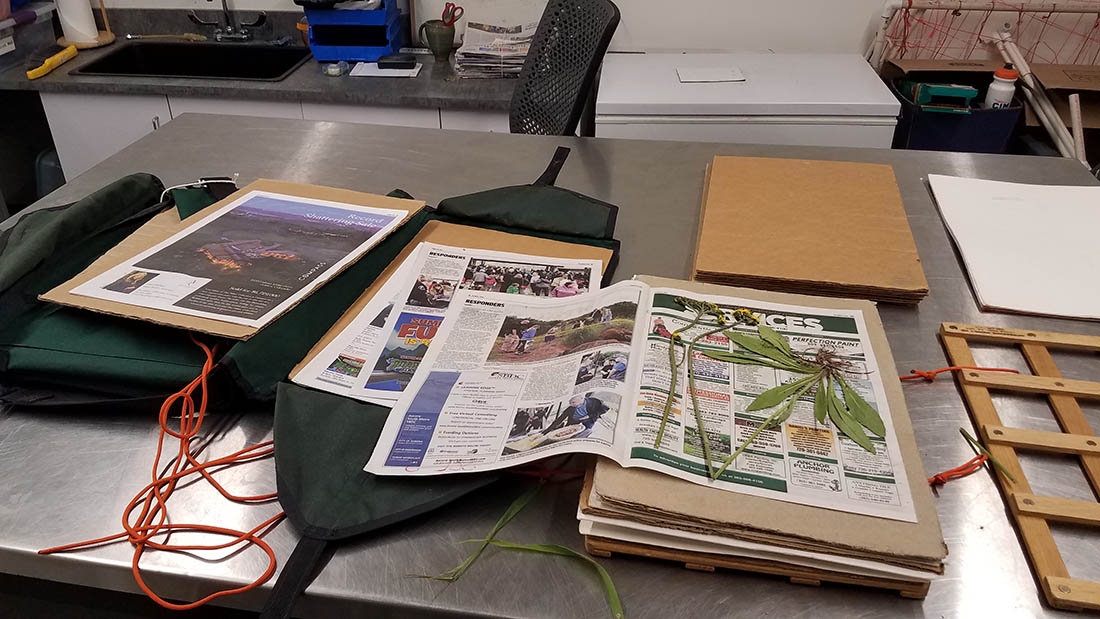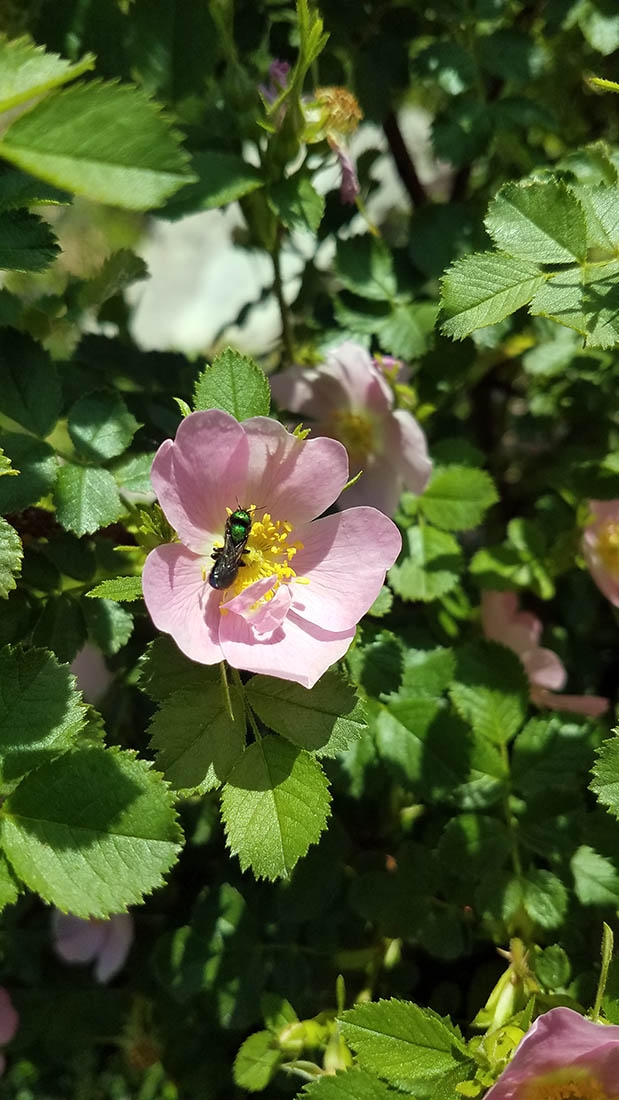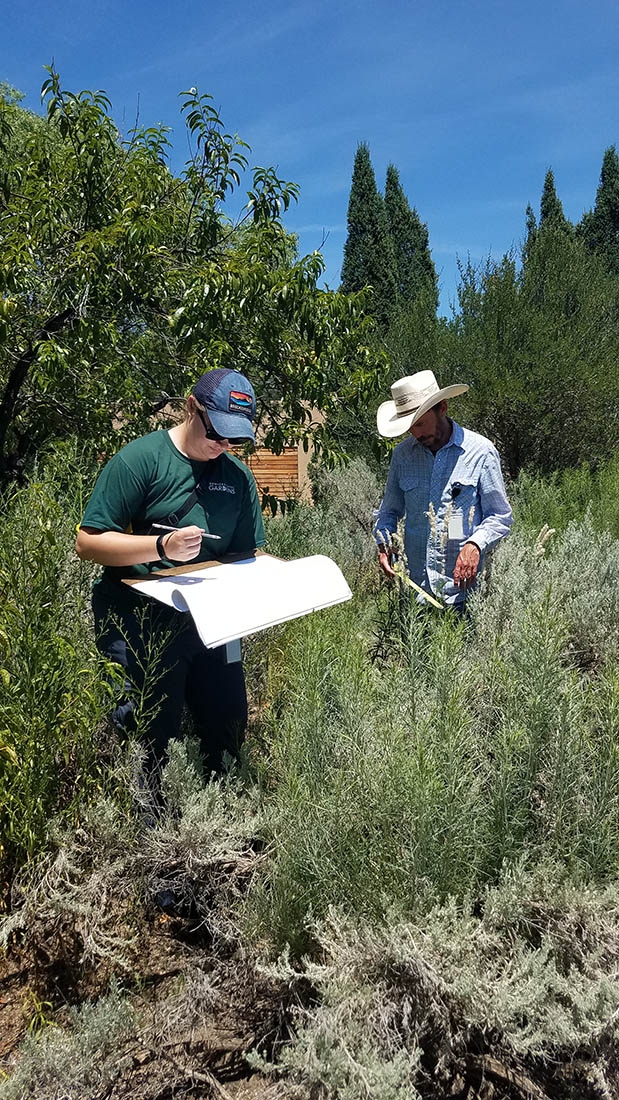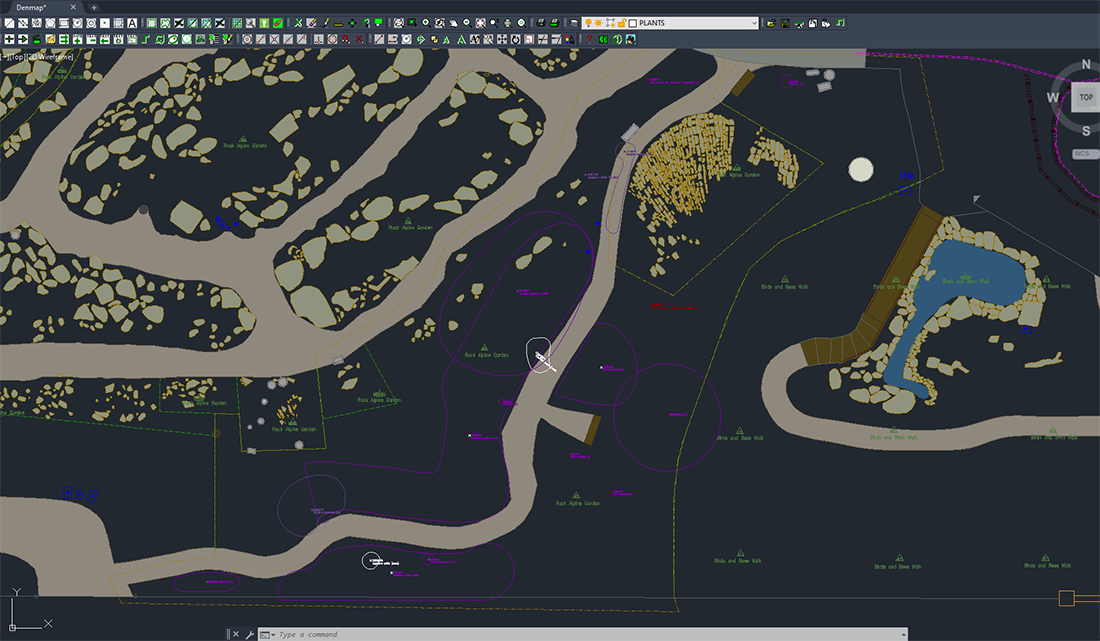Mapping Potentially Problematic Species at York Street
There is no question that Denver Botanic Gardens has an almost unfathomable collection of plants. By walking through the grounds, you can be transported to the tropics, the windswept alpine or even a prairie grassland. Incorporating so many plant taxa into one area like York Street is no small feat and, as such, the collections on the property require constant maintenance and tracking. While most plants incorporated into the gardens grow in predictable ways, a few wander or spread more than is desirable. One of the ongoing challenges for the Horticulture Department is tracking these species.
This summer I had the opportunity to begin collecting data and mapping these specific plants at the Gardens. Before I began my internship my mentors had been working to identify specific species and garden areas to focus on. Because this internship is the first of its kind here at the Gardens, I certainly had my work cut out for me.
There were three main steps in my process. First, I was tasked with venturing into the Gardens with my mentors to identify locations and species that needed documentation. This was by far my favorite part because I was able to hone my data collection skills while getting up close and personal with each garden bed. Second, I took species vouchers to be included in the herbarium collection for future research. Third, I entered the field data into the Gardens’ plant records database (BG-BASE) while also mapping the spread and location of the plants using Auto-CAD. In the future, this data will be helpful in determining species of particular concern as well as creating possible management strategies for the plants.
Throughout the process I learned a variety of skills that I will be able to use in the future. Because my academic background is ecology focused, the internship improved my fieldwork and plant identification skills which will help me in a future career. I also learned so much about plant recordkeeping, not to mention learning the ins and outs of public horticulture. I am grateful to have been a part of this research and I hope future work will produce insightful results. Overall, I had a fantastic summer, and I am thrilled to have had such a unique opportunity.
This article was contributed by Sarah Luper, invasive species mapping and data collection intern.
Gallery





Add new comment